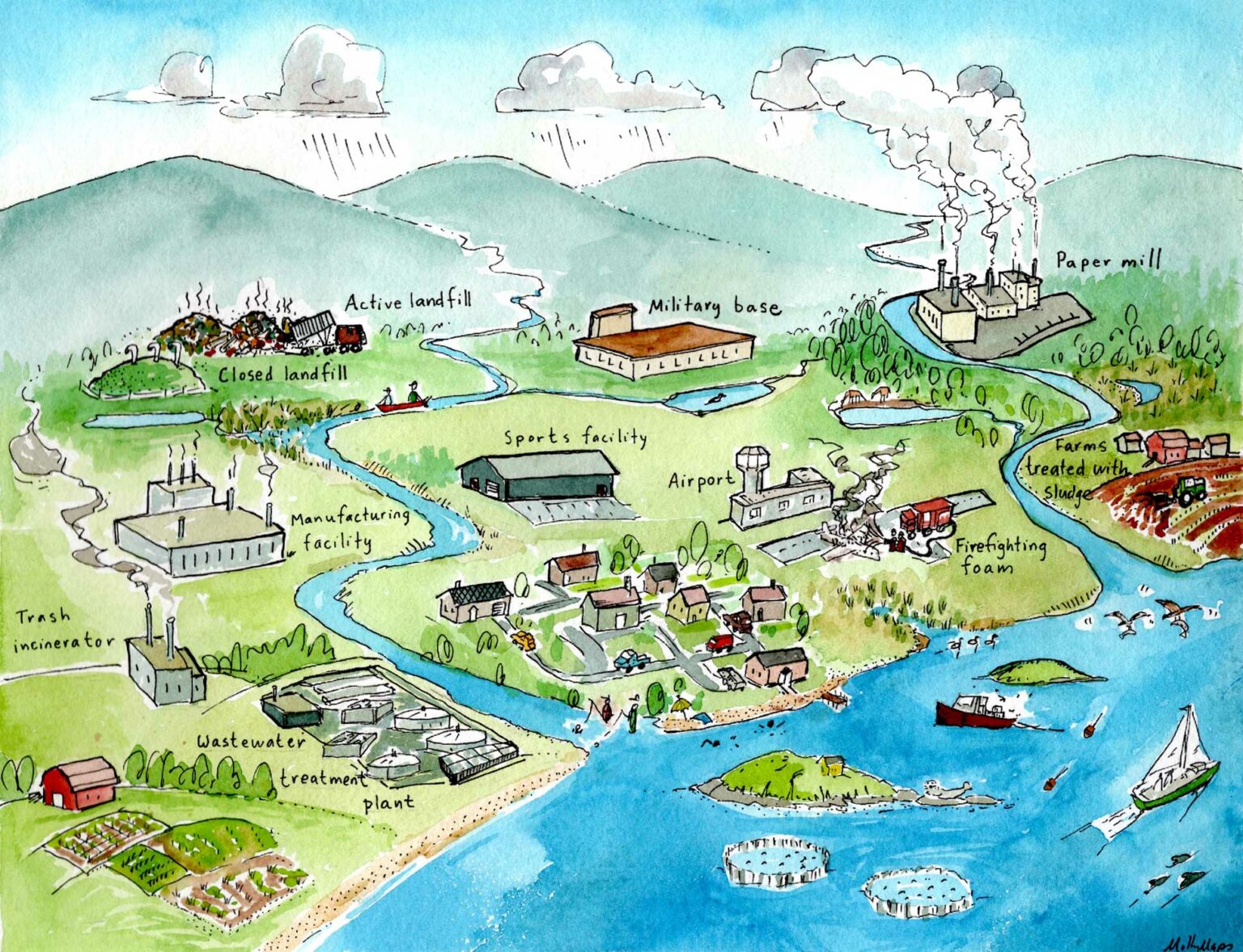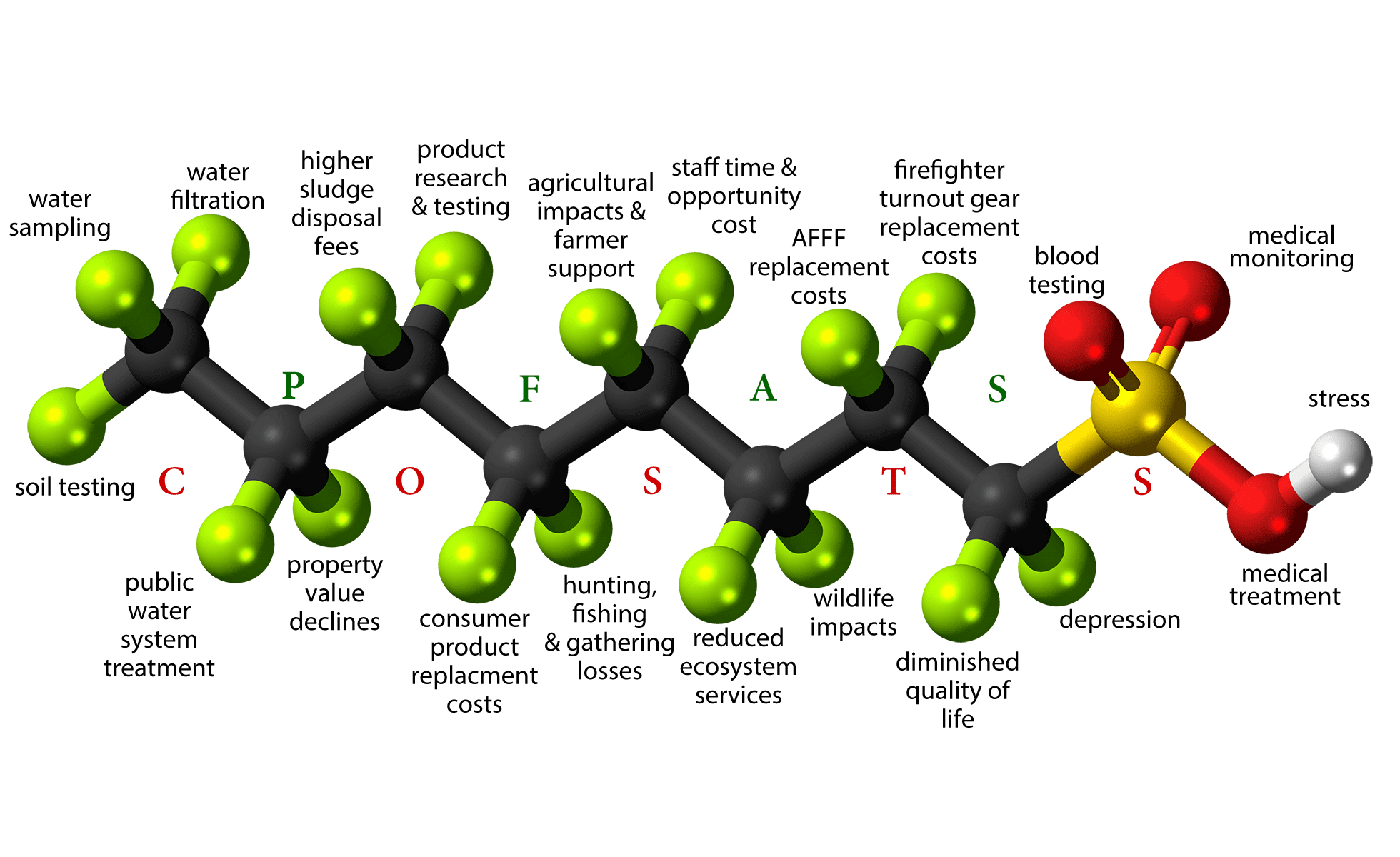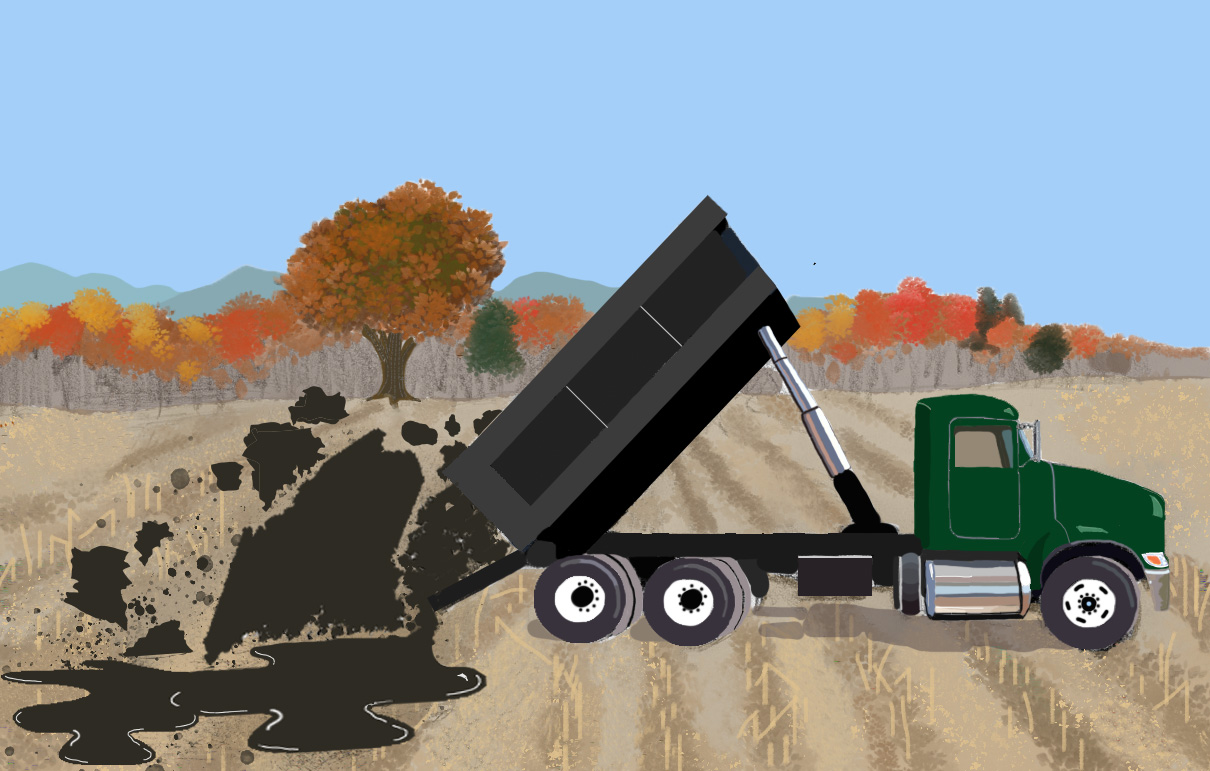The Price of PFAS
Maine’s strong policy response could mitigate future expenses, but short-term expenditures are proliferating and many costs remain untallied. Widespread contamination from per- and polyfluoroalkyl substances (PFAS) “has the potential to impose an unsustainable burden...










